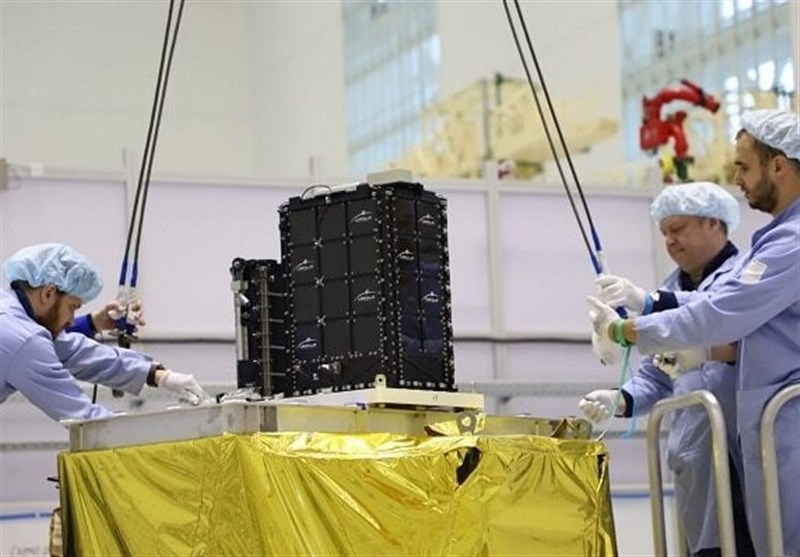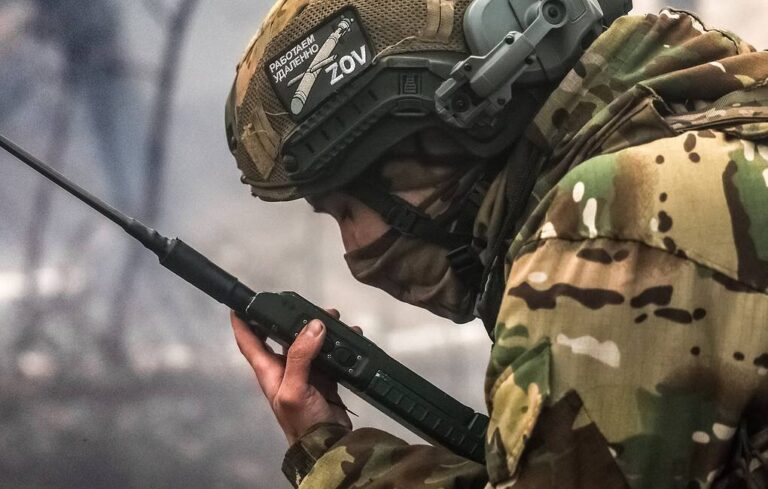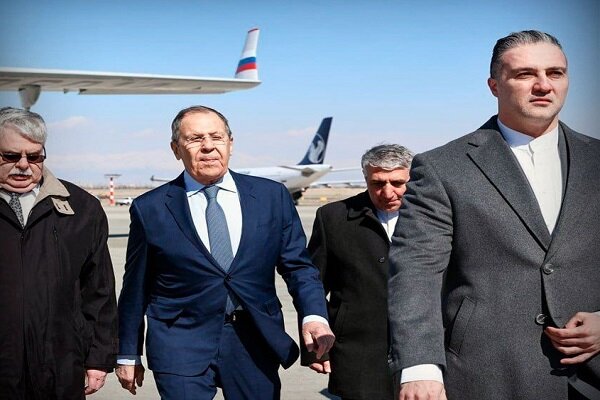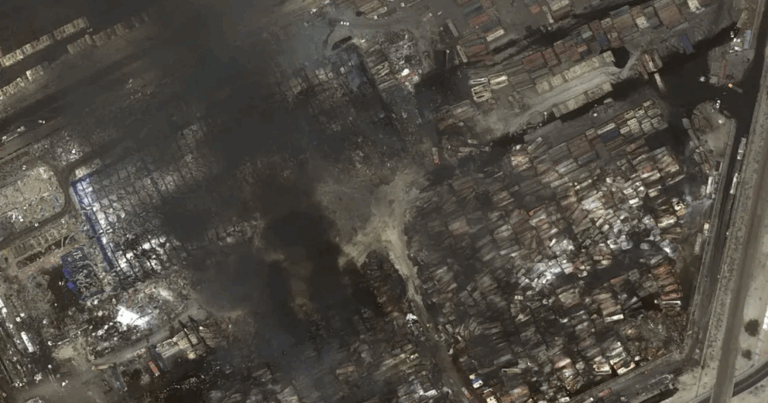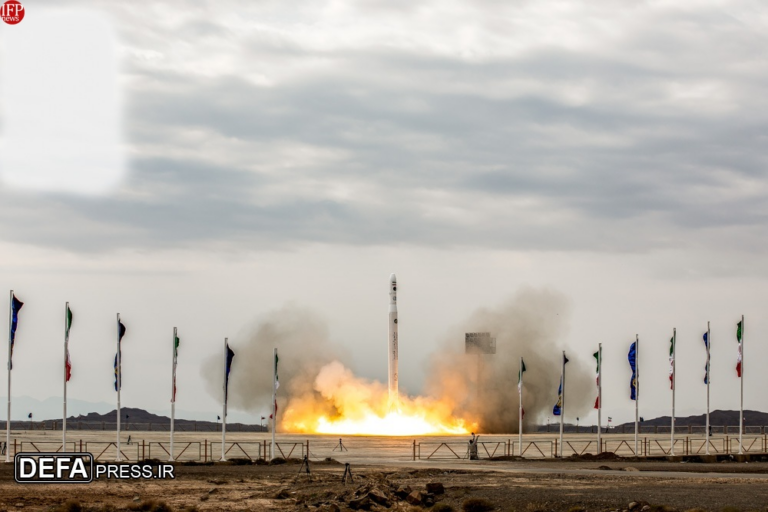Iranian Company Set to Launch Innovative Dual-Purpose Satellite Using Russian Rocket Technology
Iranian aerospace startup Omid Fazaa is set to launch an innovative satellite this year that will combine two pivotal missions—IoT connectivity and agricultural imaging. This ambitious project will utilize a Russian Soyuz rocket for the deployment of the satellite, which is named Two See One.
Hossein Shahabi, the CEO of Omid Fazaa, shared details about the new satellite in an interview with Mehr news agency. This cutting-edge satellite is designed to integrate telecommunications and imaging functions into a single platform, specifically aimed at enhancing precision agriculture.
“Last year, we launched the Hodhod satellite for IoT and telecommunications, and Kowsar for agricultural imaging,” Shahabi explained. He emphasized that the Hodhod satellite has successfully completed all mission checklists and is currently operating smoothly.
Here are some key highlights regarding the Hodhod satellite:
- Signal Reception: Over a thousand international stations have confirmed that they are receiving signals from Hodhod.
- Rapid Feedback: Almost every update received from the satellite is preceded by station reports coming in just one or two minutes prior.
While the Kowsar satellite has completed approximately 70% of its mission checklists, it has not yet transmitted images due to some communication issues with the ground station. Shahabi noted, “There was a mismatch between the ground station specs and the satellite antenna,” which has resulted in instability in communication and has hindered image capture.
To resolve this issue, modifications were made to the ground station setup. Shahabi expressed optimism, stating, “We’re now in the final stages of testing and hope to achieve successful imaging soon.”
Looking ahead, Shahabi revealed that the company has started the process of building a new satellite that merges both IoT and agricultural imaging missions into one cohesive system. He stated, “We tested compatibility of the new satellite with the launch vehicle.”
This upgraded model is scheduled to launch in the middle of the year. Notably, the satellite will be deployed using a Russian Soyuz rocket.
Shahabi referred to this satellite internally as Kowsar Version 1.5 while it is recognized internationally as Two See One, denoting the first unit of the Two-Nama satellite constellation. “Our goal is to create a multi-unit constellation capable of simultaneous IoT data transmission and precision imaging,” he said.
Significantly, this launch will be the first time that Omid Fazaa combines both technologies in a single satellite unit. Shahabi mentioned that this satellite will be classified as IOD3, the third in a series of in-orbit demonstrations following Hodhod (IOD1) and Kowsar (IOD2).
He anticipates deploying up to seven test satellites before the final rollout of the complete constellation. “We intend to expand this initiative internationally,” he added, highlighting the potential for global collaboration.
Despite the progress, Shahabi acknowledged the challenges faced by tech startups in Iran. He pointed out that while the Seventh Development Plan and knowledge-based company laws recognize the need for tech risk coverage, current regulations are still lacking. “We’ve faced challenges with oversight bodies, and more institutional support is necessary for tech startups to succeed,” he noted.
Shahabi concluded with an optimistic outlook, stating, “We hope other private sector players will also step into this field.”
In a significant milestone for Iran, last November marked the successful launch of the first privately developed satellites, Kowsar and Hodhod, into orbit aboard a Russian Soyuz launcher. This achievement signifies Iran’s inaugural venture into satellite production and space deployment through private initiatives.
As Omid Fazaa continues to innovate and expand its capabilities, the future of Iranian aerospace looks promising, with the potential for advancements in both IoT connectivity and agricultural technology.
